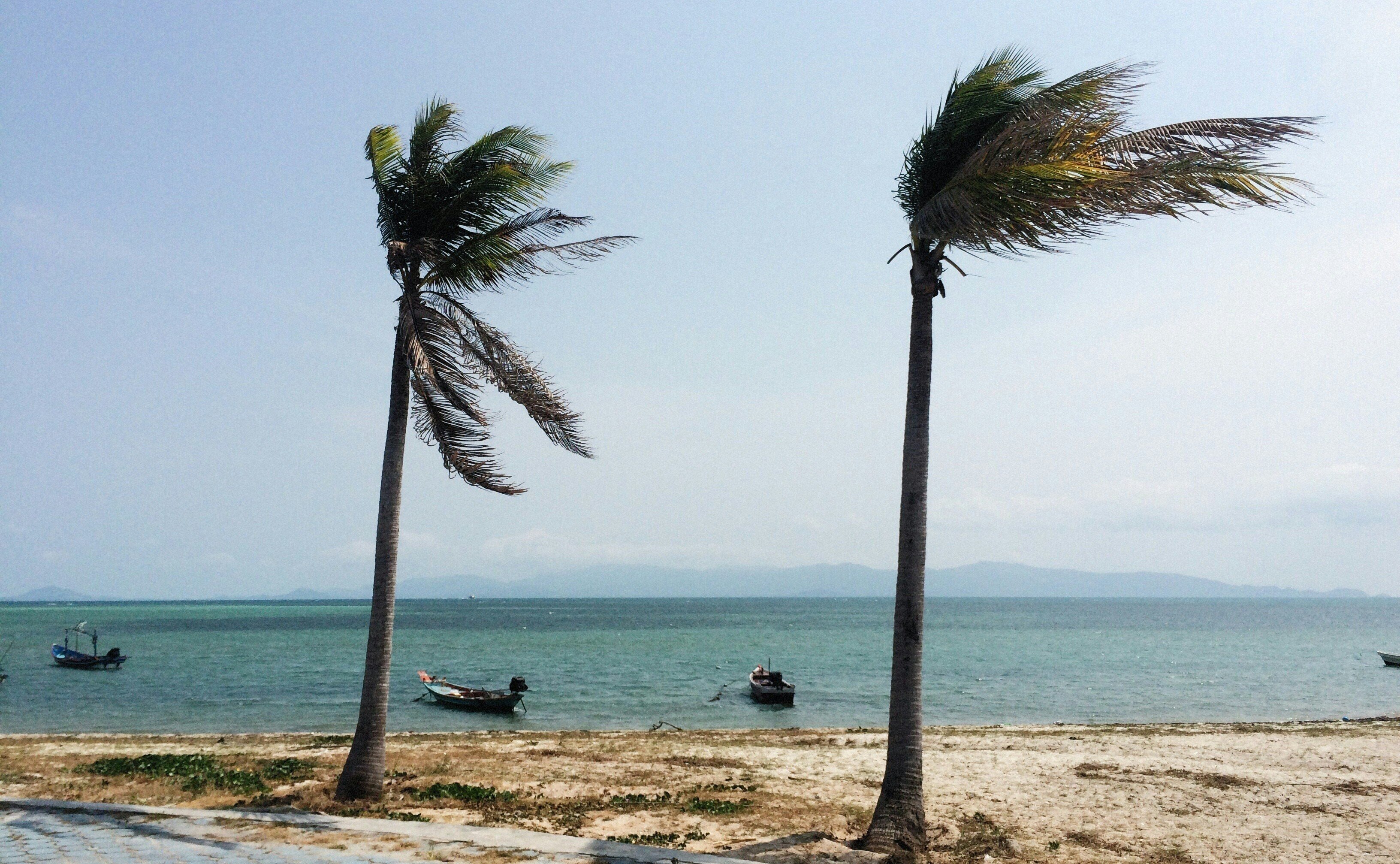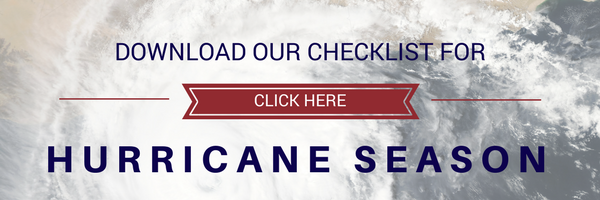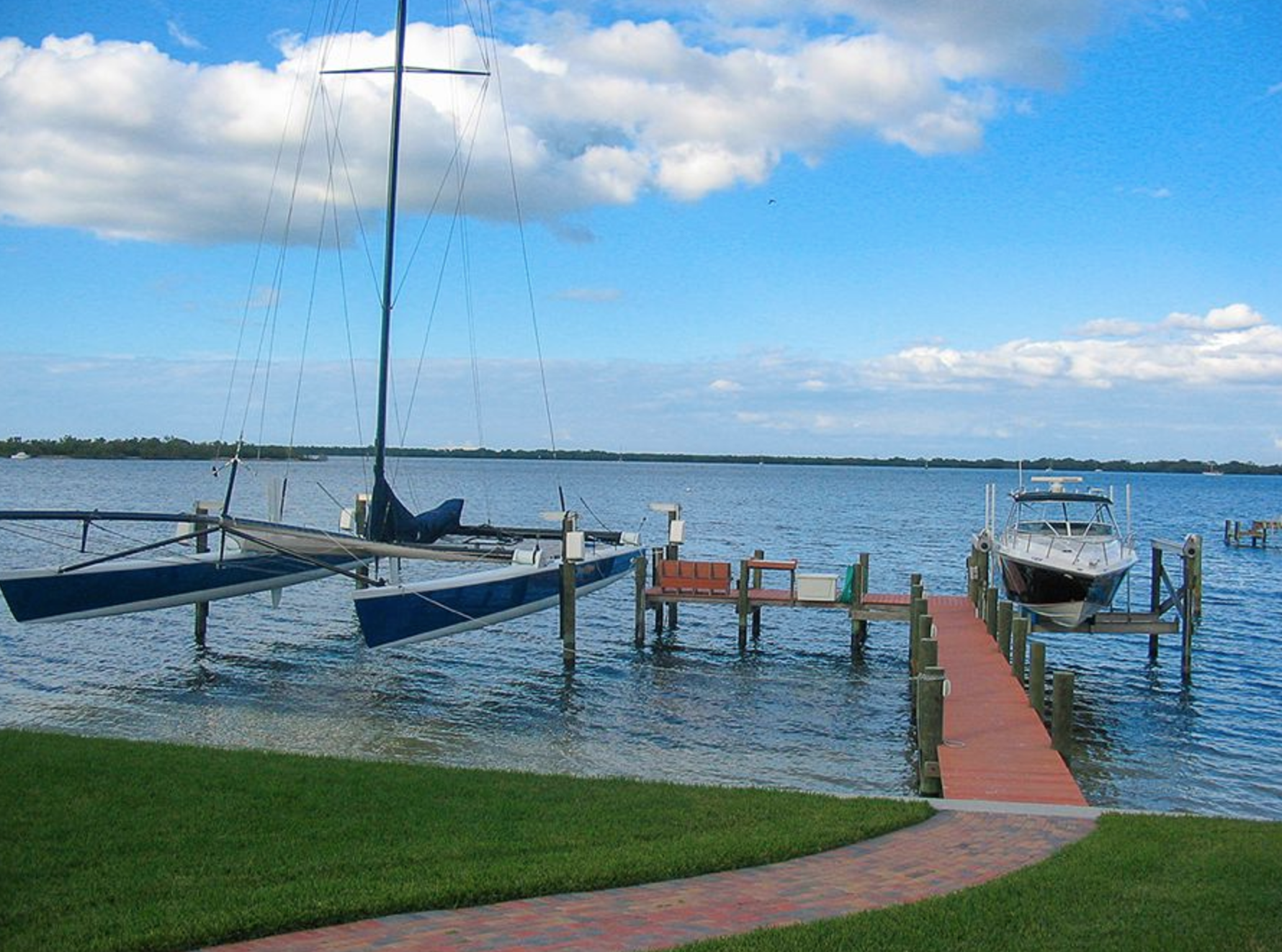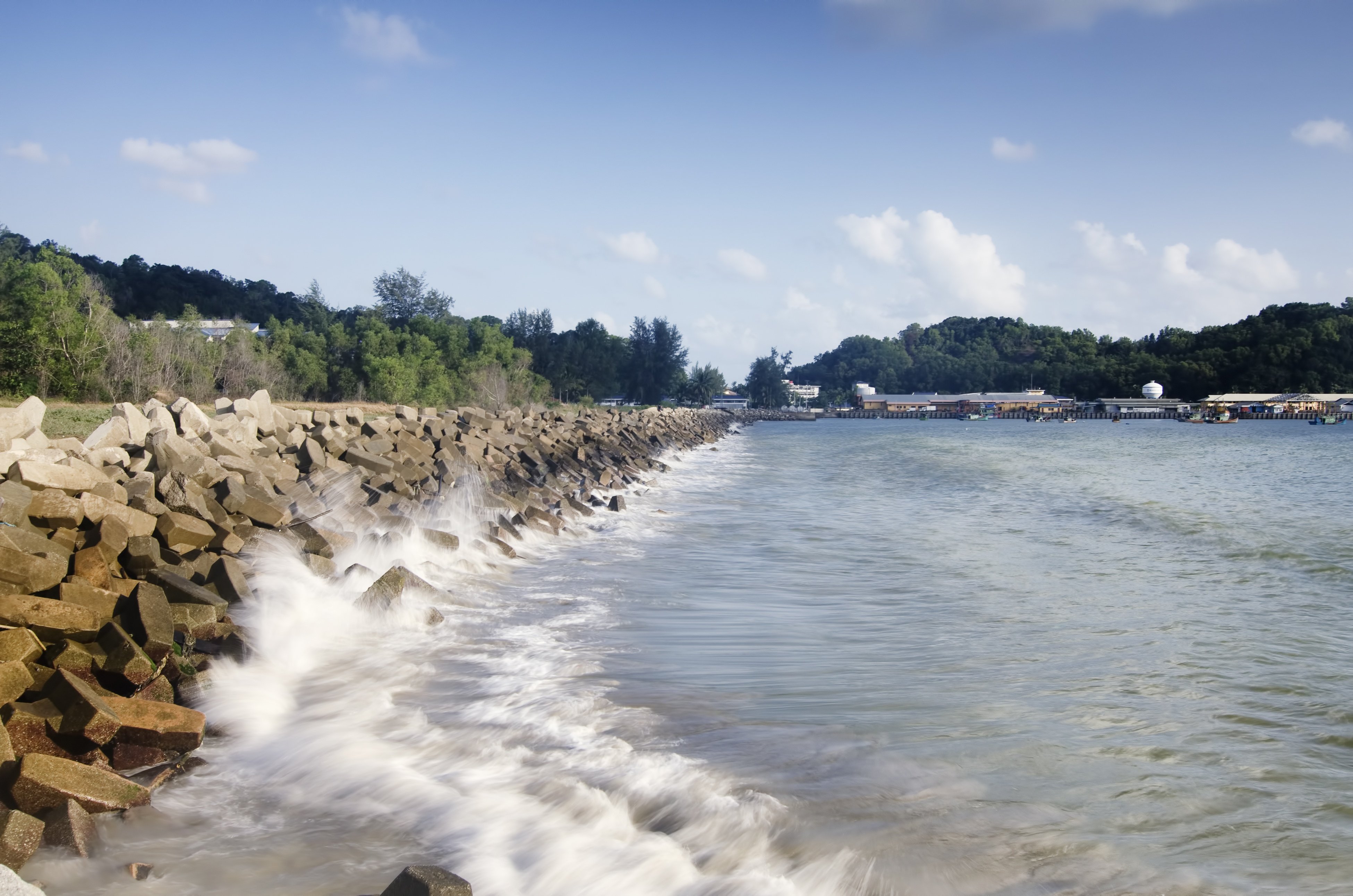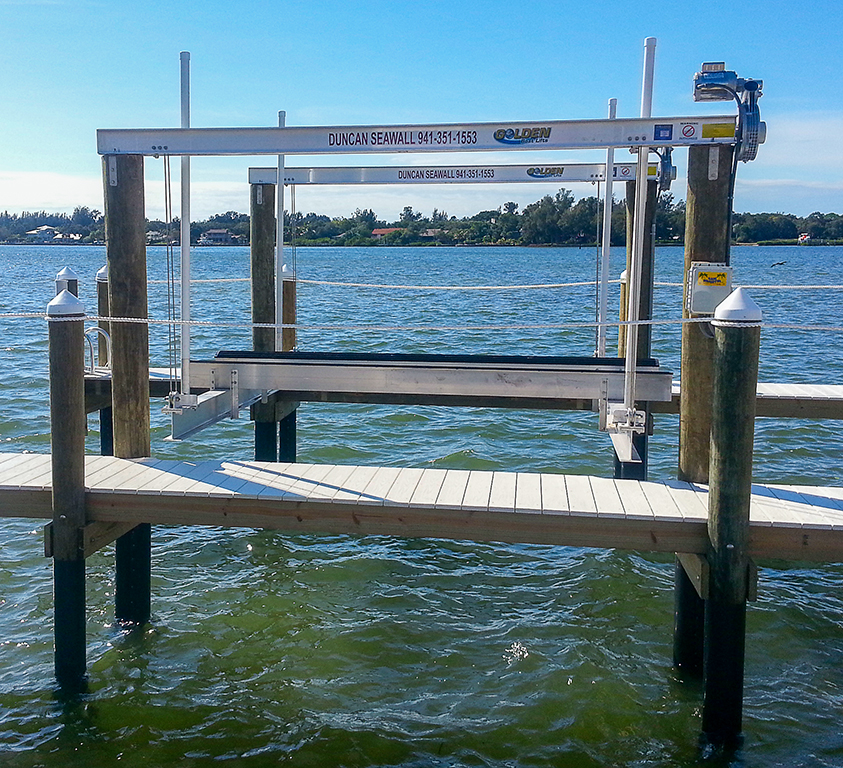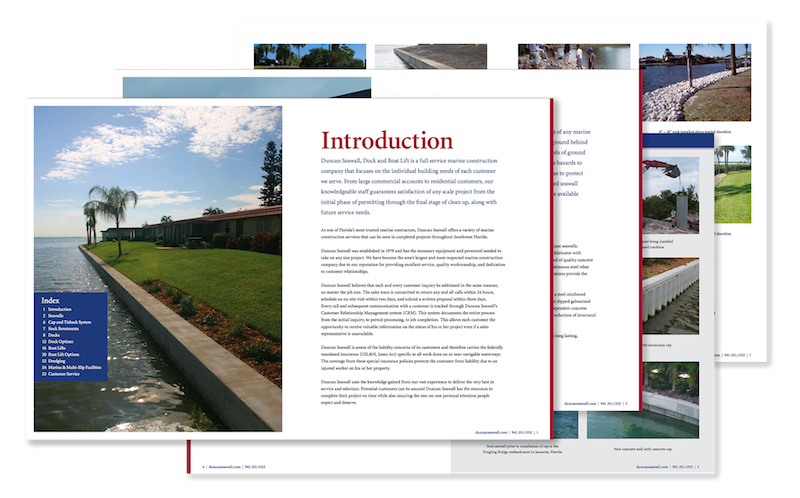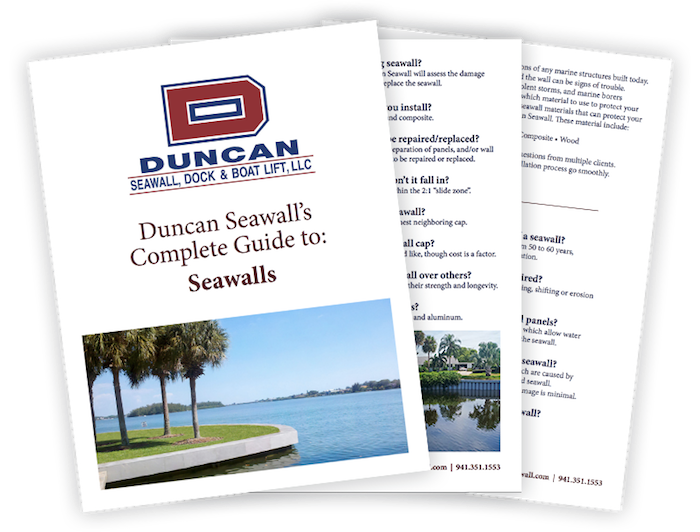As hurricane season approaches, staying informed is more important than ever—especially for coastal communities in Florida. Each year, updates from the National Hurricane Center (NHC) and leading meteorological organizations help us better understand the risks and prepare effectively. The 2025 season brings several key changes that could impact how coastal residents and businesses respond to storms.
In this blog, we’ll break down the latest updates from the NHC and other weather authorities, explore what they mean for coastal preparedness, and explain how proactive infrastructure planning—like seawalls—can help safeguard your property.
Extended Lead Time for Potential Tropical Cyclone Advisories
- What’s New: One of the most notable changes this season is that the NHC will now issue Potential Tropical Cyclone advisories up to 72 hours in advance. This is a shift from the previous 48-hour window.
- What It Means: While this longer lead time provides more room for communities to prepare, it also introduces a longer period of uncertainty. Systems may not yet be classified as tropical storms or depressions, but they could still bring dangerous winds and storm surge. The extended advisory window underscores the importance of having a plan in place early—well before a storm is officially named.
Refinement of the Cone of Uncertainty
- What’s New: Thanks to improved forecasting models, the "cone of uncertainty"—which illustrates the probable path of a storm's center—has been slightly narrowed, with forecast rings reduced by 2% to 6%.
- Why It Matters: A more accurate cone helps decision-makers and residents alike understand a storm's likely trajectory. However, it’s important to remember that hazardous conditions can occur far outside the cone, especially with larger storms. Preparation should never be based solely on whether you're “in the cone.”
Introduction of New Storm Names
|
|
This year introduces Dexter to the list—a new name replacing Dorian, which was retired after the devastating 2019 hurricane. These names will be used in alphabetical order as storms form throughout the season. If the list is exhausted, the NHC will continue naming storms using a supplemental list.
Enhanced Forecasting Tools and Warnings
Forecasting capabilities continue to improve in 2025, with new tools helping forecasters and the public stay ahead of potential threats.
- Rip Current Forecasts will now be issued nationally during active Atlantic or Southern California storm activity.
- Storm Surge Forecasts for Hawaii will be available for the first time, offering probabilistic data up to 72 hours before expected impacts.
- NOAA’s Hurricane Analysis and Forecast System (HAFS) has been upgraded, improving rapid intensification predictions and the ability to model multiple storms simultaneously.
Early Season Activity and Forecasts
Meteorologists are already forecasting an above-average hurricane season. Colorado State University’s early outlook predicts 17 named storms, including nine hurricanes and four major hurricanes.
In recent years, storms have started forming before the official June 1 start of the season—a trend that may continue. This highlights the urgency of reviewing preparedness plans in the spring, not waiting until summer.
Implications for Coastal Infrastructure and Preparedness
With elevated risks expected along the Texas and western Florida coasts, the importance of resilient infrastructure is clear. Storm surge remains one of the deadliest and most damaging aspects of hurricanes.
That’s where proactive coastal defense comes in.
Duncan Seawall specializes in building and maintaining protective seawalls that help absorb storm energy and reduce erosion. Whether you're looking to reinforce an existing barrier or build a new one, having the right infrastructure can make a substantial difference in how your property weathers a storm.
The 2025 hurricane season brings significant updates—from earlier advisories to more refined forecasting models. These changes give coastal residents more tools and time to respond, but they also reinforce the need for proactive planning. Don’t wait until a storm is on your doorstep. Stay informed, update your preparedness checklist, and reach out to professionals like Duncan Seawall for an infrastructure assessment. A well-maintained seawall could be the difference between peace of mind and costly damage when the next storm hits.



